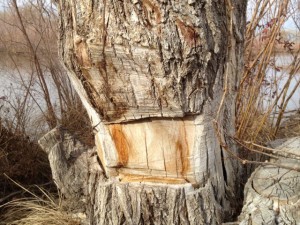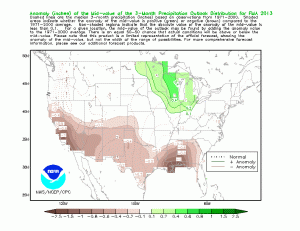Keith Kloor had a nice riff the other day on the question of how we should decide what “nature” is supposed to look like, now that we’re kinda in charge:
It’s not my job to say what nature should mean in a world shaped primarily by humans–I’m still working it out, myself–but I know others feel this is a discussion we should be having.
Yup. Clumsily, it’s a discussion we’re having now, piecemeal, one prairie and watershed and treeline and backyard at a time. As, for example, the discourse underway today on the vastly altered peninsula south of San Francisco where Stanford University’s eucalyptus-decked campus (an Australian import) is so physically and culturally dominant.
Stanford, it seems, has a dam, which some folks thing ought to be removed:
Two environmental organizations filed a lawsuit Tuesday against Stanford University, claiming the school’s management of Searsville Dam and Reservoir harms steelhead trout and violates the Endangered Species Act.
So we’ve got our normal toolkit in place for these sorts of societal discussions – the Endangered Species Act, its blade dulled by the years but no one can remember where Richard put the sharpener before he left. Crap, but this kind of a job is a hassle with such a lousy tool.
And we’ve got the canonical argument:
There many issues to consider besides the steelhead, Lapin noted. Since the dam was built in 1892, the reservoir has created wetland habitat that would disappear if the dam is removed. And the land beneath the dam has been developed, leading to concerns about flooding.
Charging into the Anthropocene, which anthros get to decide?



